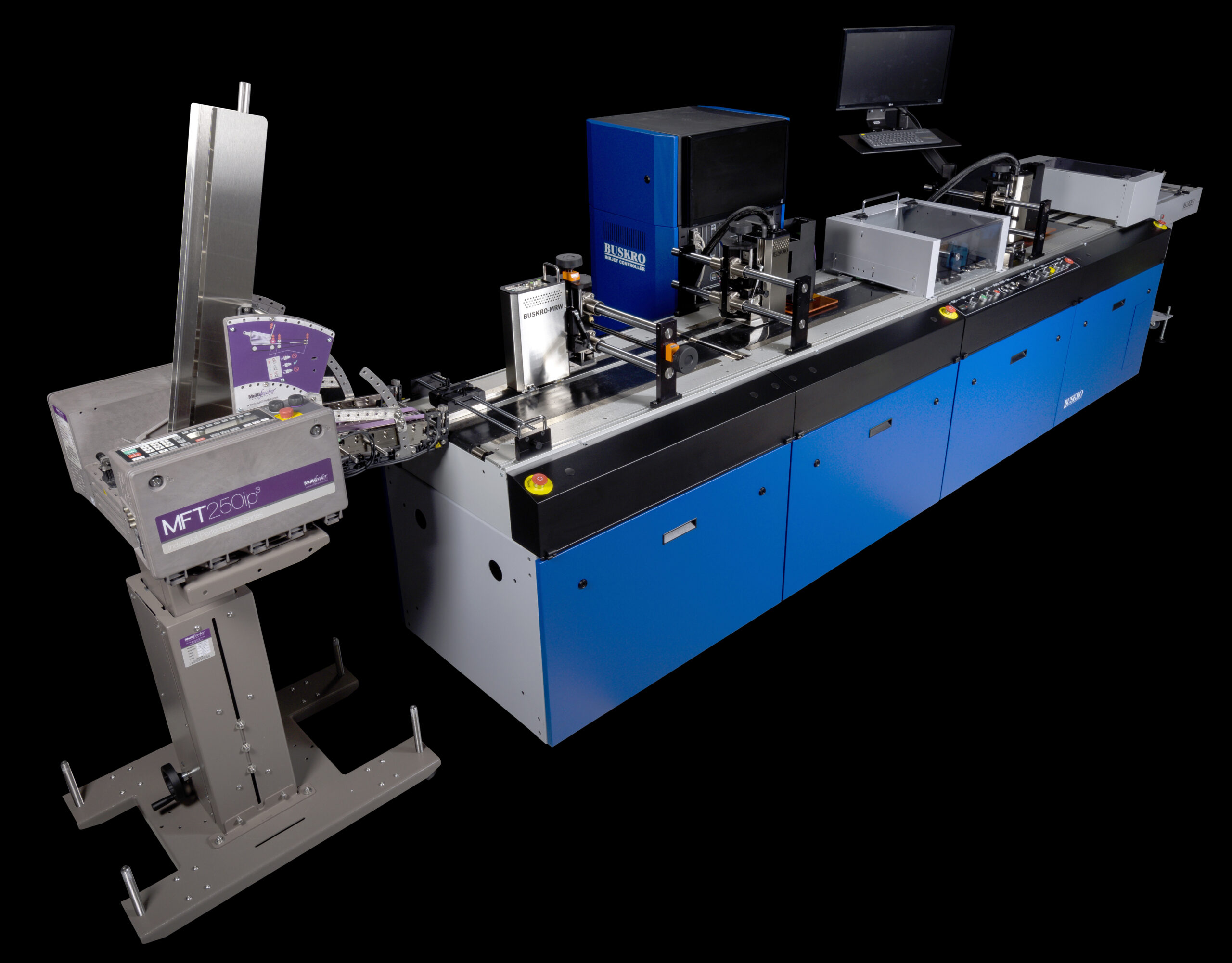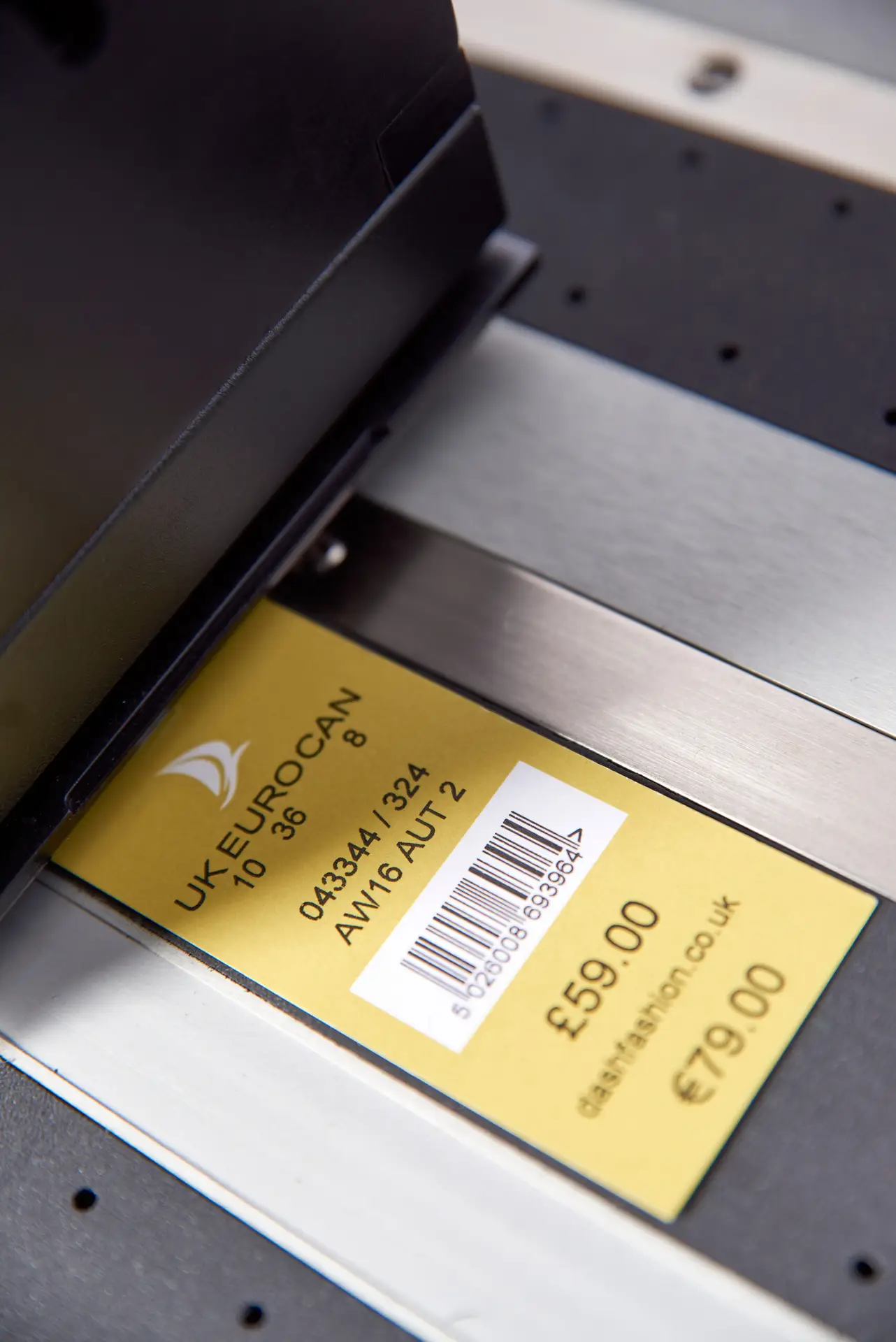UV Curable Inks are a unique type of liquid ink. They contain monomers, oligomers, and a small amount of photo-initiators. When these inks are exposed to intense ultraviolet light, a photochemical reaction is triggered. This reaction causes the ink to cure and harden, allowing it to firmly adhere to various printing substrates.
It is important to note that although UV-curable inks are versatile, often touted as being compatible with virtually all printing substrates, the performance of such inks are dependent on both the surface tension of the material, and the intensity of the UV light source
A material’s surface tension depends on its coating properties and the time elapsed since its production. This means that the material’s dyne level tends to decrease over time. Dyne level is a measurement of material surface tension, expressed in Dyne/cm. To ensure optimal application of UV inks on materials, a general rule is that the material’s dyne level should exceed the ink’s dyne level by at least 10 dyne/cm. However, as the dyne level of a material decreases over time, a material that initially exhibits good adhesion may result in inadequate outcomes after several days.
An imbalance between ink and the surface tension of printed material can result in ink drops not flowing freely and joining together, leading to a poor and “scratchy” print appearance. This can manifest as lines in the printed image. In the worst-case scenario, the print may be easily removable through abrasive contact. Such issues with print quality or ink removal can cause increased product waste, wasted time spent on reprinting, and customer dissatisfaction and inconvenience.
Glossy packaging materials, such as plastic cards, UV-coated and aqueous-coated stocks, are particularly prone to the issues mentioned above. When a printing project calls for a material with a difficult surface tension, it is possible to overcome this challenge by applying inline surface treatment before the printing process. This treatment can be accomplished using corona, plasma, or heat devices, which effectively increase the surface tension.
The level of cure of a printed image is determined by the intensity of UV light and the amount of ink exposure to that light. If there is insufficient exposure, the image may be partially cured and vulnerable to abrasion. It’s important to note that the curing process continues for some time after exposure, typically more than an hour. Printed images that initially appear to be insufficiently cured can often become acceptable by the time they are handled for packaging, even when exposed to aggressive scratching or abrasive elements. However, in cases where high-speed or high-density (High DPI) images are required, it may be necessary to add a second curing lamp to ensure full cure and acceptable scratch resistance.
Key Points to Remember About Surface Tension and UV Light Intensity:
- Surface tension of glossy products may be insufficient, resulting in poor print and/or adhesion;
- Surface tension may adversely decrease over time;
- The curing lamp may not provide sufficient UV light exposure to fully cure images requiring high-speed and/or high DPI print;
- Printed images will continue to cure over time and such cure occurs from the surface inwards;
- The optimal surface tension range for the material is around 38-50 dynes/cm, but should not be higher than 54-60 dynes/cm;
- Surface treatment devices such as corona, plasma, or heat act to increase dyne levels and may be used to optimize surface tension before printing.




